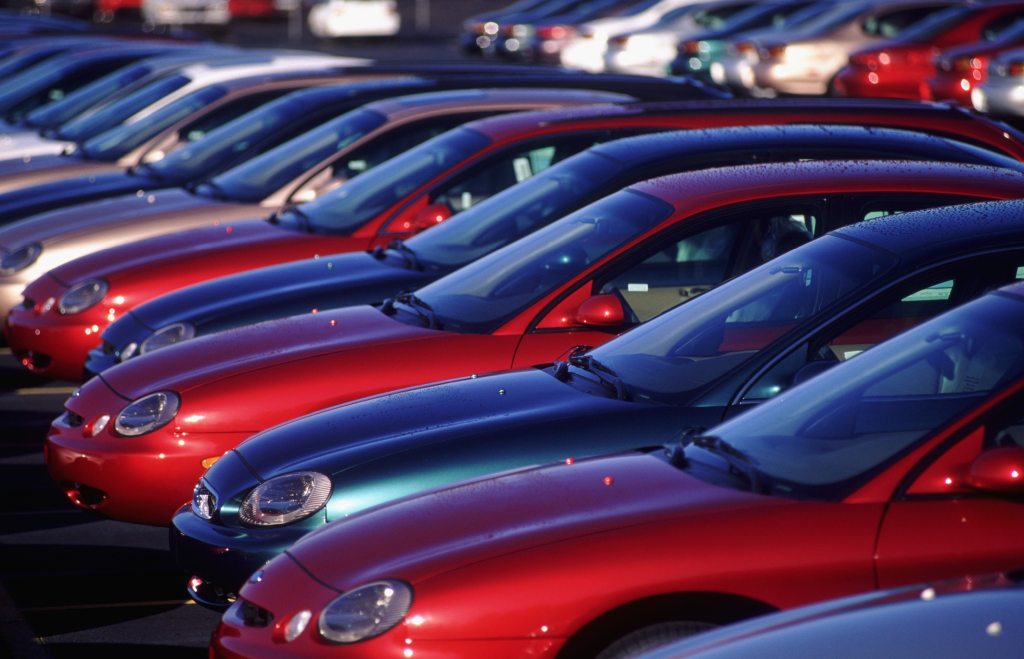New car registrations in May were 89% lower than last year at 20,247 units according to latest statistics released by the Society of Motor Manufacturers and Traders (SMMT). This represents a loss of 163,477 units compared to last year. May’s total, the lowest since 1952, benefited from dealer gaining permission to run ‘click and collect’ services from the middle of the month. Whilst a very small volume of cars were registered in May, it is a positive increase from the 4,321 registered in April.
The year to date total now sits 51.4% lower than last year, a deficit of almost 538,000 registrations. Although Glass’s expects a bounce back in June as dealerships fully reopen their operations, there is little prospect that the new car market will recover lost sales from lockdown. Furthermore, with manufacturing plants across the world affected by the pandemic, supply issues will add to the gloomy outlook for the rest of 2020. Glass’s latest forecast for new car registrations in 2020 is 1.61 million, a decline of 30% on 2019.
The used auction market was less gloomy. Although sold volume was only around 25% of the level usually expected in May, this was a significant increase on the volume sold in April, as buyer demand increased throughout the month and attendances grew for the online-only auction sales. The first-time conversion rate also increased to an average of 60.4% from the 37.1% seen in April, although it is over 10 percentage points lower than in May 2019. However, in the first two weeks of June auction performances are increasing towards pre-lockdown results with hammer prices firming. Now that retail sites are opening we should expect to see a spike in demand in wholesale channels as dealers fill gaps in their forecourts.
With the auction market emerging from lockdown, it is important to monitor valuation performance. When auction hammer prices gathered in May are retrospectively compared with Glass’s trade values, the market performed 7.9% below trade values. For context, the market’s pre-lockdown position was 1.4% above Glass’s trade values. However, data observed in early June suggests that hammer prices are recovering quickly, which is good news for residual values.

 Close
Close